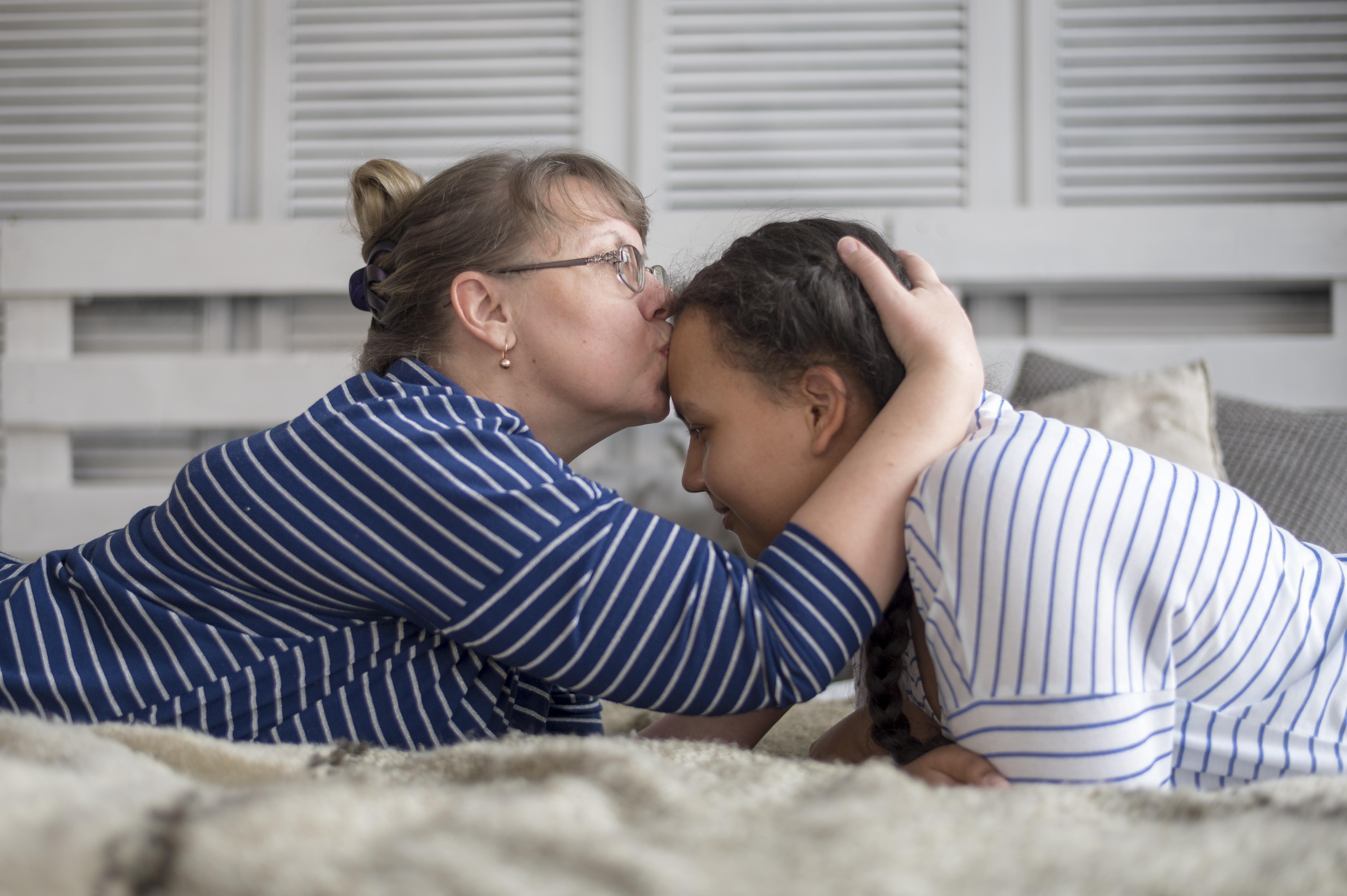Some lives are treated as inherently valuable. Others are negotiable. This is not just a matter of prejudice—it is a structure. A hidden design that determines whose suffering counts, whose voice is heard, and whose pain requires no response.
In her work on war, mourning, and precarity, Judith Butler introduced the concept of grievability. A life is grievable when its loss is recognised as a loss. When the death of that person would be met with public sorrow, systemic inquiry, and collective acknowledgement. When harm done to them is legible as harm.
“One way of posing the question of who “we” are in these times of war is by asking whose lives are considered valuable, whose lives are mourned, and whose lives are considered ungrievable. We might think of war as dividing populations into those who are grievable and those who are not. An ungrievable life is one that cannot be mourned because it has never lived, that is, it has never counted as a life at all. We can see the division of the globe into grievable and ungrievable lives from the perspective of those who wage war in order to defend the lives of certain communities, and to defend them against the lives of others—even if it means taking those latter lives.”
—Judith Butler, Frames of War: When Is Life Grievable?
But grievability does not begin with death. It shows up every day—in schools, hospitals, workplaces, and family courts—as a question of legitimacy.
- Who is allowed to speak?
- Who is believed?
- Whose distress is framed as evidence, and whose is framed as instability?
Institutions do not treat all harm as equal
In education systems, white neurotypical children from middle-class families are often presumed legitimate: their struggles are seen as solvable, their futures as worth protecting. A plan will be made. A meeting will be called. A letter will be sent home.
But when disabled children, racialised families, or neurodivergent parents raise concerns—especially about systemic harm—the response shifts. There is suspicion. Delay. Surveillance. A deep institutional need to protect itself from implication and mitigate liability.
Harm is minimised. Emotional responses are pathologised. And the focus quietly turns from the child’s suffering to the parent’s tone.
-
The politics of politeness: how tone-policing silences parent advocates
When a parent dares to speak plainly about harm—especially when that harm is systemic, ongoing, and inflicted upon a disabled child—they are swiftly met with a familiar response: watch your tone.
-
You’re not wrong: reflections on motherhood and advocacy
This piece is for the mothers who have become unrecognisable to themselves in the crucible of advocacy—those who perform calm while their bodies tremble with rage, who write polite emails through tears, who scream in the car and smile in the meeting. It…
Grievability in schools
When institutions decide that a child is not grievable, they render that child’s suffering inadmissible—not because the harm is unclear, but because the subject is inconvenient to their narrative of order, progress, and procedural fairness. Parents who raise the alarm are not engaged as witnesses to violence, but as disruptions to administrative decorum; their testimony is parsed for tone, dismissed for its urgency, and reframed as evidence of dysfunction rather than of injury. Get it together, lady! The more precisely we articulate the harm, the more we are asked to dilute it; the more persistently we advocate, the more we are pathologised. This institutional gaslighting exacts a measurable toll: on our healthcare system, as parents present with anxiety, insomnia, autoimmune disorders, and depression; on our family courts, as partnerships fracture under the weight of unsupported care; and on our communities, which lose the contributions of people too exhausted by survival to continue showing up in public life.
Disabled children leaving public education
Across Canada, a growing number of disabled children are being withdrawn from public schools by their families. This movement is not driven by choice but by necessity—an act of protection against systemic failures that render schools inaccessible, unresponsive, or actively harmful.
In British Columbia, reports indicate that over 270 parents of disabled children documented more than 4,700 instances of school exclusion during the 2021–22 academic year. These exclusions ranged from shortened school days to outright denial of access, often without adequate support or justification. thetyee.ca
Faced with persistent barriers, many families have turned to homeschooling or alternative education models. While exact national figures are scarce, estimates suggest that approximately 60,000 children are homeschooled in Canada, with a significant proportion being children with disabilities. Additionally, the practice of “unschooling”—a child-led, interest-driven form of education—has gained traction among families of disabled children seeking more accommodating learning environments. en.wikipedia.org jual.nipissingu.ca
This trend represents a profound indictment of the public education system’s inability to provide inclusive and supportive environments for all students. Yet, rather than addressing the root causes of this exodus, institutions often frame these departures as isolated incidents or parental choices, thereby absolving themselves of responsibility.
The loss of disabled students from public schools is not merely a statistic—it is a reflection of whose needs are deemed legitimate and whose are dismissed. It underscores a systemic failure to recognise and accommodate the diverse experiences of disabled children, perpetuating cycles of exclusion and marginalisation.

What is public education for?
Public education is not a favour. It is a public good. Its purpose is not only to optimise outcomes for the majority, but to ensure that every child—regardless of ability, background, or circumstance—is given the right to learn, grow, and participate in civic life.
It’s not a business to be optimised for organisational efficiency. Buzzwords like streamlined don’t belong here. We fund them because education is necessary for a functioning society. Just as public health systems treat every child with a heart defect, regardless of how rare or expensive that condition may be, public schools are meant to uphold the principle that all children are worthy of investment—even, and especially, those who require more. Also, children need to go to school, so their parents can work.
Yet disabled children are consistently treated as burdens, exceptions, or edge cases. Not because their needs are unmeetable, but because our systems are structured around the comfort and convenience of those in power. When resources are limited, it is disabled students who are first to be sidelined. When harm is exposed, it is their parents who are asked to moderate their tone.
We do not frame the loss of these children as a crisis. We do not investigate the conditions that made their departure necessary. We do not ask what is broken in a system that can no longer hold them.
Instead, we move on. And in doing so, we reveal who public education is really for.
-
Balancing budgets by denying disabled kids support
In British Columbia, we are told that the education system is improving. Budgets are rising. Inclusion is a stated priority. And yet, for families whose children require consistent, sustained support—especially those who are disabled or living with complex trauma—the lived experience is defined…
The unpaid labour of exclusion
The families who are pushed out of public education do not stop paying taxes. They fund the same system that has ejected them. They contribute to teacher salaries, district budgets, ministry reports, and school board communications that no longer include their children.
And then they do the work anyway.
They become tutors, educational assistants, behavioural interventionists, trauma counsellors, and case managers—for free. They hold their children’s distress, design their days, document their regressions, and absorb the institutional failures of a country that sees them as too complicated to serve.
This is not opting out. It is being shut out. And still—these families keep the lights on. They patch the holes in the social fabric with their own bodies. Their labour subsidises the very system that failed them.
This is not sustainable. It is not ethical. And it is not democratic.
A public service that cannot serve the public is not a public service. It is a mechanism of exclusion, coasting on the unpaid labour of those it marginalises. Every child forced from a classroom into a trauma-safe living room is a line item of moral deficit. Every parent who burns out becoming the system that abandoned them is evidence that our schools are not broken—they are working as designed, for those they were built to serve.
We are told that Canada values inclusion. But values are not measured by words. They are measured by weight. And the weight of this system is not being carried by the Ministry. It is being carried by mothers, by disabled parents, by families who are grieving in real time and still showing up.
We do not want gratitude. We want justice.
The cost of abandonment
When disabled children are pushed out of the public education system—through exclusion, neglect, or quiet institutional refusal—the cost is not only personal. It is societal. And it is steep.
These children do not vanish. Their needs do not disappear. Their families do not stop caring. What happens instead is a massive, unacknowledged reallocation of labour—from the public to the private sphere. From trained professionals to exhausted parents. From collective responsibility to isolated survival.
Parents—mostly mothers—are pulled out of the workforce. Brilliant minds, trained in medicine, law, architecture, the arts, are redirected into roles they never asked for and never received support to perform. The state, which heavily subsidised their higher education, receives no return on that investment. The loss is not just individual; it is economic. A slow leak of capacity, innovation, and leadership.
Some become teachers, not by choice, but by compulsion—because no one else would teach their child safely. Others fall out of employment entirely. Still others, like me, become sick from years of hypervigilance, sleep deprivation, and institutional stress caused by fighting for children’s right to exist in classrooms without being harmed.
Unschooling is often framed as a lifestyle decision. For some, it is. But for many, it is the aftermath of war. We unschool because our children are too traumatised to tolerate demands. Because we cannot bring ourselves to author another lesson plan when our nervous systems are still recovering from lipservice IEP meetings and all the performative accessibility exercises.
The child at home may be safer. But they are also more vulnerable. Without daily contact with trusted adults outside the family, signs of abuse, neglect, or regression can go unnoticed. Without a functioning support system, children with complex communication needs may live for years without being meaningfully heard. The school system is not just a site of education—it is a node of visibility, of contact, of care.
When families are forced to opt out, they are not making a choice. They are absorbing the damage. They are carrying the burden that institutions refused to shoulder. And in doing so, they become harder to reach, harder to count, and easier to ignore.
We tell ourselves that public education is about opportunity. But if we only offer that opportunity to those who can fit within our narrow frameworks—who never challenge us, never need too much, never rage or refuse or collapse—then we are not building a school system. We are building a sorting mechanism. And the losses we consider acceptable today will become the crises we cannot contain tomorrow.
What kind of future are we building?
Every system reveals its values by how it treats those with the least power. In British Columbia, and across Canada, our public education system has made its values unmistakably clear. It has tolerated the exclusion of disabled children, normalised the silencing of their parents, and redistributed institutional responsibility onto unpaid, unsupported families who were never meant to bear it.
Every system reveals its values by how it treats those with the least power.
We are not facing an access crisis. We are facing a legitimacy crisis. The very institutions that claim to serve the public are refusing to serve large segments of it. And the children who are disappearing from classrooms today are not footnotes—they are the mirror in which our democratic failure is reflected.
If we continue down this path, we are not just failing a few difficult families. We are weakening the foundation of a shared civic future. We are losing thinkers, leaders, artists, problem-solvers. We are teaching children that only some of them belong. And we are telling parents—especially disabled, racialised, and neurodivergent ones—that care will cost them everything, and still be met with suspicion.
We are not asking for special treatment. We are demanding the bare minimum: that our children be educated without harm, that our families not be punished for existing, and that public institutions fulfil their mandate without erasing us in the process.
This is not too much to ask. It is the cost of calling something public.
End collective punishment in BC schools
No child should be punished for another’s behaviour. Children know from a very young age that this is wrong.
We call on the BC Ministry of Education and Child Care to end collective punishment in BC Schools.










